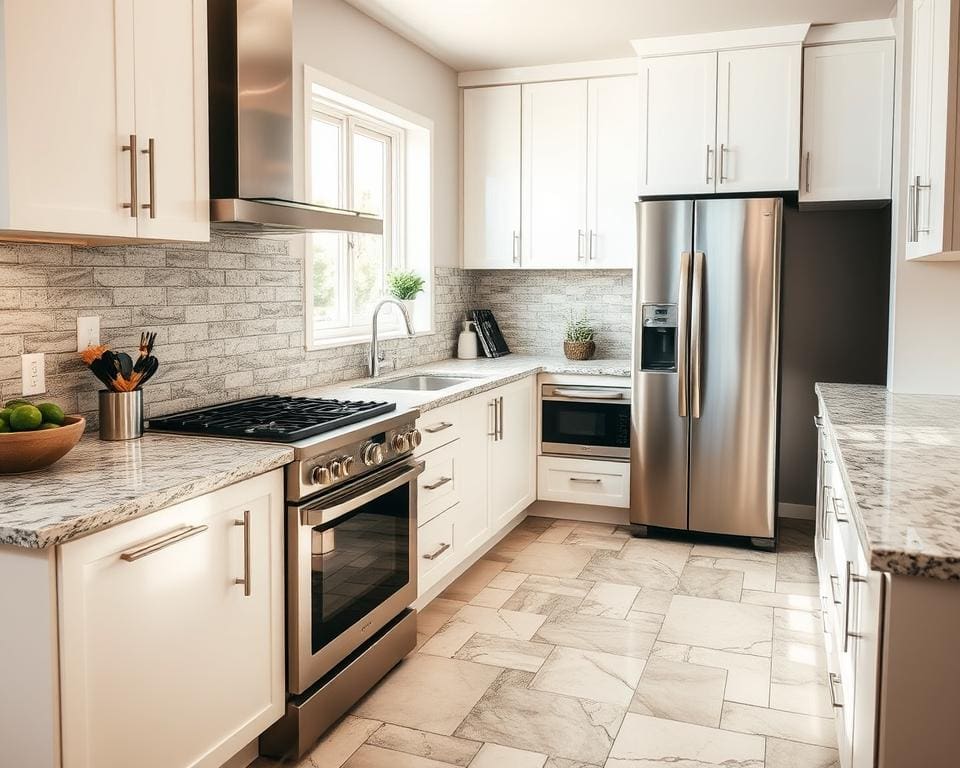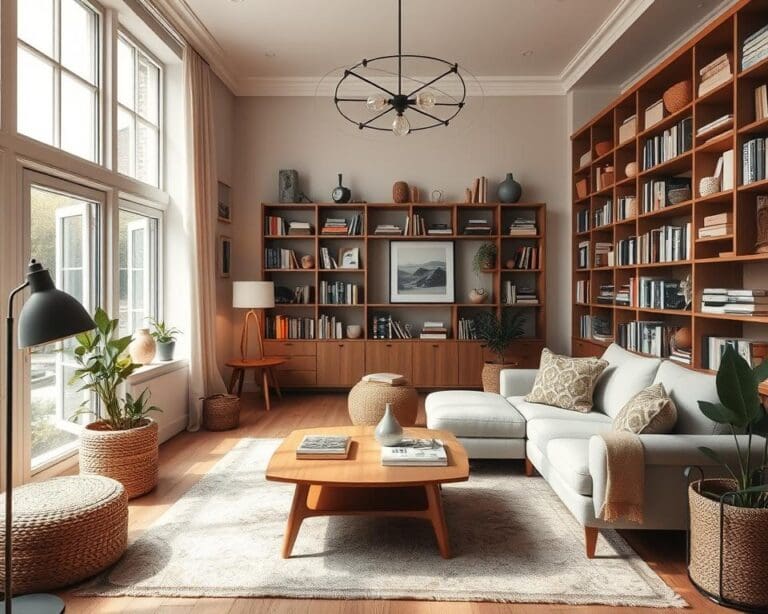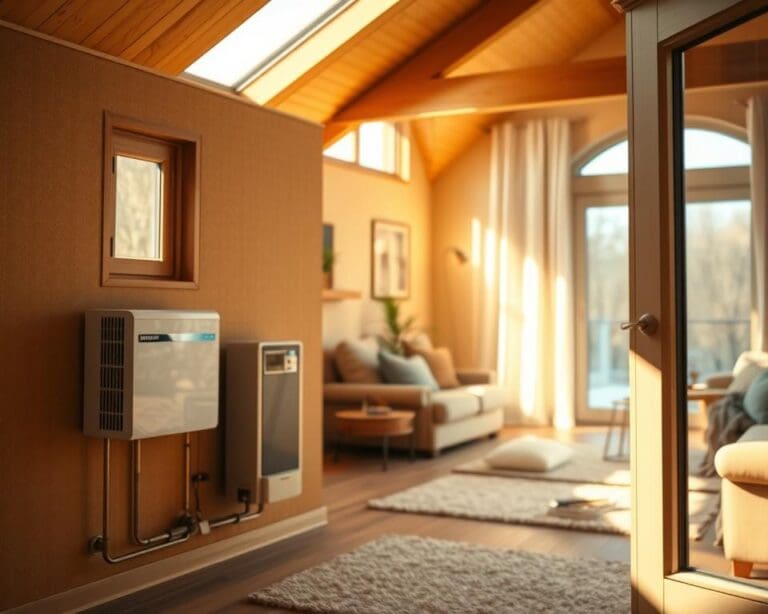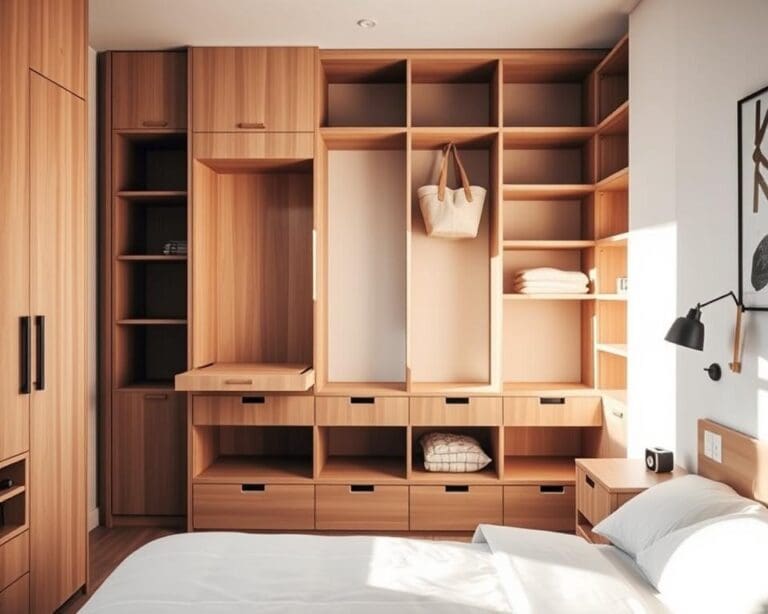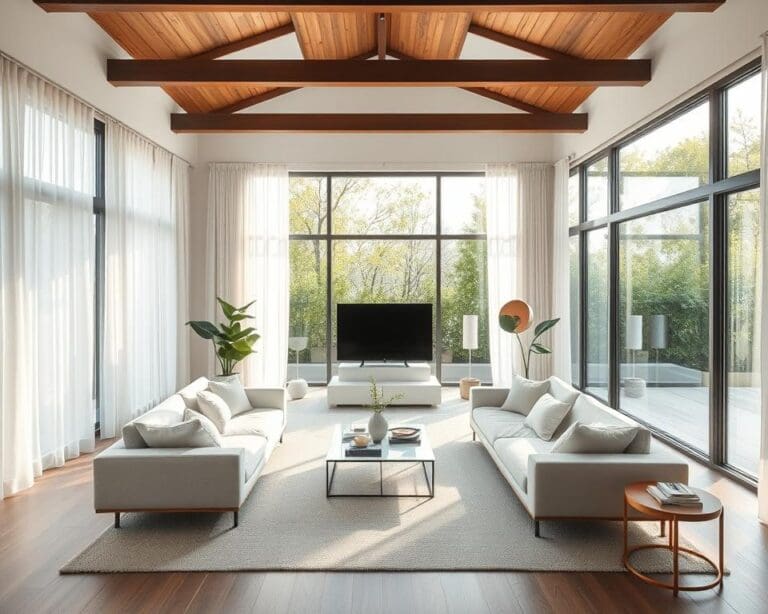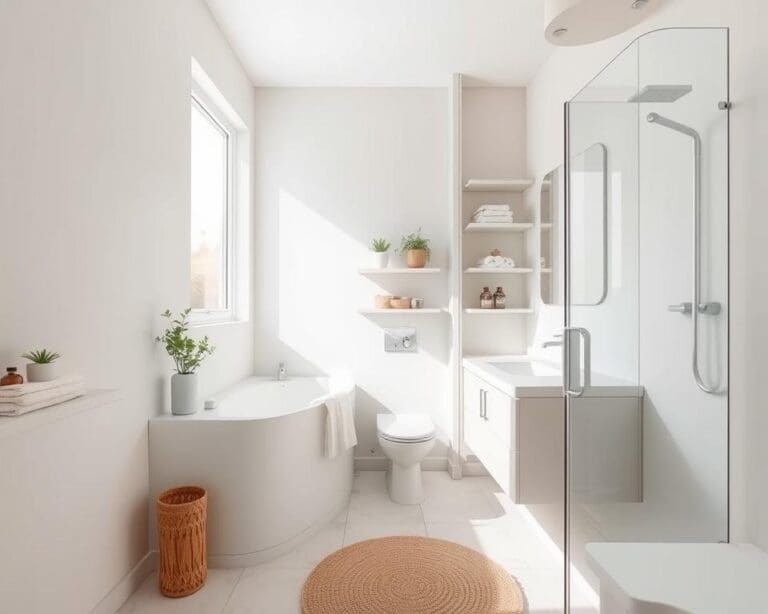In the realm of modern kitchens, the choice of durable kitchen materials is paramount for creating both a functional and stylish space. With constant exposure to heat, moisture, and daily wear and tear, it is essential to invest in long-lasting kitchen surfaces that can withstand these challenges. Not only do resilient kitchen materials enhance the aesthetic appeal of your culinary area, but they also provide long-term cost efficiency and ease of maintenance. This article will explore a range of robust options, helping you make informed decisions for your kitchen renovation or design.
The Importance of Choosing Durable Kitchen Materials
In the realm of kitchen renovation, the importance of durable materials cannot be overstated. Investing in high-quality materials significantly contributes to a home’s long-term kitchen value. Homeowners who prioritise durable options not only enhance the aesthetic appeal of their kitchens but also ensure functionality that withstands the rigours of daily use.
Durable materials provide the advantage of longevity. Selecting materials that resist wear and tear leads to cost savings over time, as they require fewer replacements and less maintenance. By choosing well-crafted surfaces and fixtures, homeowners can create a space that remains beautiful and practical for years to come.
As kitchen trends evolve, one constant remains: the value of a well-built kitchen. Most prospective buyers appreciate the benefits of quality materials, making durable choices a wise investment. Thus, remaining informed about the best materials can take a kitchen renovation project to impressive heights.
What are the most durable kitchen materials?
When renovating your kitchen, understanding your options for material choices is crucial. A well-informed selection can enhance both functionality and aesthetics. Here is a curated list of durable kitchen materials that stand the test of time.
Granite remains a favourite due to its natural beauty and impressive resistance to scratches and heat. It offers a unique pattern for every slab, adding character to your cooking space. Quartz serves as a strong alternative, manufactured to provide a non-porous surface that resists stains while mimicking the look of natural stone.
Stainless steel fetches admiration for its contemporary allure and resilience against moisture and bacteria. Common in professional kitchens, its ease of cleaning makes it an appealing choice. For those seeking warmth, wood introduces an inviting touch, with various types available that endure the demands of a lively kitchen environment.
Porcelain and ceramic tiles bring style and sturdiness, available in numerous designs, which allows for personal expression. These surfaces are especially valued for their resistance to scratches and moisture. Lastly, concrete emerges as a modern choice, renowned for its strength and versatility, capable of being shaped and finished in countless ways.
Exploring this list of durable kitchen materials aids in making an informed kitchen material comparison, ultimately guiding you toward the top kitchen surfaces that suit your cooking habits and personal style.
Granite: The Timeless Classic
Granite stands out as a premier choice for kitchen surfaces, merging elegance with exceptional durability. The unique patterns and colours of granite kitchen countertops not only enhance the aesthetic of any kitchen but also offer numerous practical advantages that homeowners cherish.
Benefits of Granite in the Kitchen
The benefits of granite are extensive. First and foremost, granite is renowned for its heat resistance, making it perfect for busy kitchens where hot pots and pans are frequently placed on surfaces. Additionally, its scratch durability keeps the countertops looking pristine, resisting the everyday wear and tear that comes with cooking. Each slab possesses a distinct visual character, ensuring that every installation is one-of-a-kind and adds a luxurious feel to the space.
Granite Maintenance Tips
Effective granite maintenance is vital to preserving the beauty and longevity of these surfaces. Sealing the countertop regularly prevents stains from penetrating, ensuring that spills can be easily wiped away. For everyday cleaning, a gentle, non-abrasive solution is recommended to avoid damaging the surface. With proper care, granite kitchen countertops will continue to shine and serve as a reliable workspace for years to come.
Quartz: A Strong Alternative
In the quest for the perfect kitchen material, quartz has emerged as a strong competitor against traditional options like granite. Renowned for its striking appearance and practicality, quartz countertops bring a myriad of advantages that appeal to both aesthetics and function.
Durability and Aesthetic Appeal
The non-porous nature of quartz makes it exceptionally resilient against stains and bacterial growth, ensuring a hygienic surface ideal for food preparation. The extensive array of colour options enhances design versatility, allowing homeowners to harmonise their decor effortlessly. One of the significant advantages of quartz lies in its ability to retain its appearance over time, as it resists scratching and chipping. This durability complements its sleek, uniform surface, creating an inviting atmosphere in the kitchen.
Comparison with Other Materials
When considering quartz vs granite, it becomes apparent that quartz offers enhanced durability and ease of maintenance. Unlike granite, which can require sealing to protect against stains, quartz countertops are designed to withstand daily wear without special treatments. Laminate surfaces may boast lower costs, yet they often lack the robustness and longevity that quartz provides. Homeowners seek a balance of beauty and utility, making quartz a preferred choice for modern culinary spaces.
Stainless Steel: The Icon of Resilience
In the realm of durable kitchen materials, few can rival the strength and appeal of stainless steel kitchen surfaces. Celebrated for its remarkable resilience, stainless steel is the preferred choice for both professional and home kitchens. Its robustness against wear and tear is unmatched, making it ideal for high-traffic environments.
One of the primary benefits of stainless steel is its exceptional resistance to heat and corrosion. Whether preparing gourmet meals or everyday family dinners, these surfaces withstand the temperature fluctuations and spills that often occur in busy kitchens. This durability translates into lasting beauty, allowing homeowners to enjoy their stunning kitchen resilience over time.
Beyond practical benefits, stainless steel infuses a modern, sleek aesthetic into any kitchen space. Its reflective surface not only elevates the overall design but also makes cleaning quick and effortless. With minimal maintenance required, the investment in stainless steel kitchen surfaces pays off in both durability and style.
In conclusion, choosing stainless steel is a decision that embodies both functionality and elegance, proving to be a timeless addition to any kitchen.
Wood: The Warmth of Nature
Wood brings a unique charm and warmth to any kitchen, creating a cosy atmosphere that enhances the dining experience. The appeal of wooden kitchen surfaces lies not only in their aesthetic value but also in the variety of durable kitchen woods available that cater to different styles and preferences.
Types of Durable Woods for Kitchen Use
When selecting durable kitchen woods for countertops, consider options such as:
- Oak: Renowned for its hardness and resistance to wear, oak is a classic choice that withstands daily use.
- Maple: A dense wood known for its light colour and fine grain, maple offers a robust surface suitable for cutting and preparation.
- Teak: This tropical hardwood is naturally oil-rich, making it resistant to moisture and an excellent option for humid environments.
Maintenance and Care for Wooden Surfaces
Maintaining wooden countertops is crucial for preserving their beauty and longevity. Regular oiling with a food-safe mineral oil protects the wood from drying out. Preventing water damage involves promptly wiping up spills and using coasters or mats under hot pots and pans. These simple practices will ensure that wooden kitchen surfaces remain sparkling and durable for years to come.
Porcelain and Ceramic Tiles: Stylish and Sturdy
When thinking about upgrading your kitchen, the choice of flooring or backsplash can make all the difference. Porcelain tiles and ceramic kitchen tiles stand out as not just aesthetically pleasing but also remarkably resilient. Their unique qualities can elevate the style of any kitchen while ensuring long-lasting functionality.
Benefits of Using Tiles in the Kitchen
Tiles offer several advantages that make them an excellent choice for any kitchen environment:
- Moisture Resistance: Both porcelain and ceramic tiles are naturally resistant to moisture, making them ideal for areas prone to spills and splashes.
- Ease of Cleaning: The smooth surface of these tiles allows for effortless cleaning, ensuring your kitchen remains hygienic without excessive effort.
- Diverse Design Options: From vibrant colours to intricate patterns, the variety available in tile designs caters to all aesthetics.
- Durable Nature: The tile durability of porcelain and ceramic options ensures that they can withstand heavy foot traffic and daily wear.
Choosing the Right Tiles for Durability
When selecting tiles for your kitchen, keep several factors in mind to ensure lasting quality:
- Tile Thickness: Thicker tiles often provide better durability and resist cracking.
- Water Absorption Rates: Look for tiles with low water absorption to prevent moisture damage.
- Surface Finish: Select a finish that offers both style and slip resistance for safety.
- Quality Ratings: Consider tiles rated for certain traffic levels to ensure they meet the demands of your kitchen space.
Concrete: The Modern Option
Concrete has emerged as a popular choice for contemporary kitchens, combining both form and function in a unique way. Known for its robustness, concrete kitchen surfaces offer immense durability, making them an excellent investment for those who desire longevity in their designs. The benefits of concrete extend beyond mere aesthetics; it provides a sturdy workspace that can withstand the wear and tear common in bustling kitchens.
One of the defining features of concrete as a modern kitchen material is its versatility. Homeowners can customise it with various colours, finishes, and textures, allowing for a truly personalised touch. Whether opting for polished elegance or a rustic appearance, concrete can effortlessly complement a range of design styles, enhancing the overall kitchen ambience.
To maintain the beauty of concrete, proper sealing is essential. This not only protects the surfaces from stains but also helps to preserve their integrity over time. Regular care ensures that the benefits of concrete are maximised, allowing it to remain a stylish and functional component in the heart of your home. Embracing concrete means selecting a material that is enduring, chic, and unmistakably modern in every sense.

